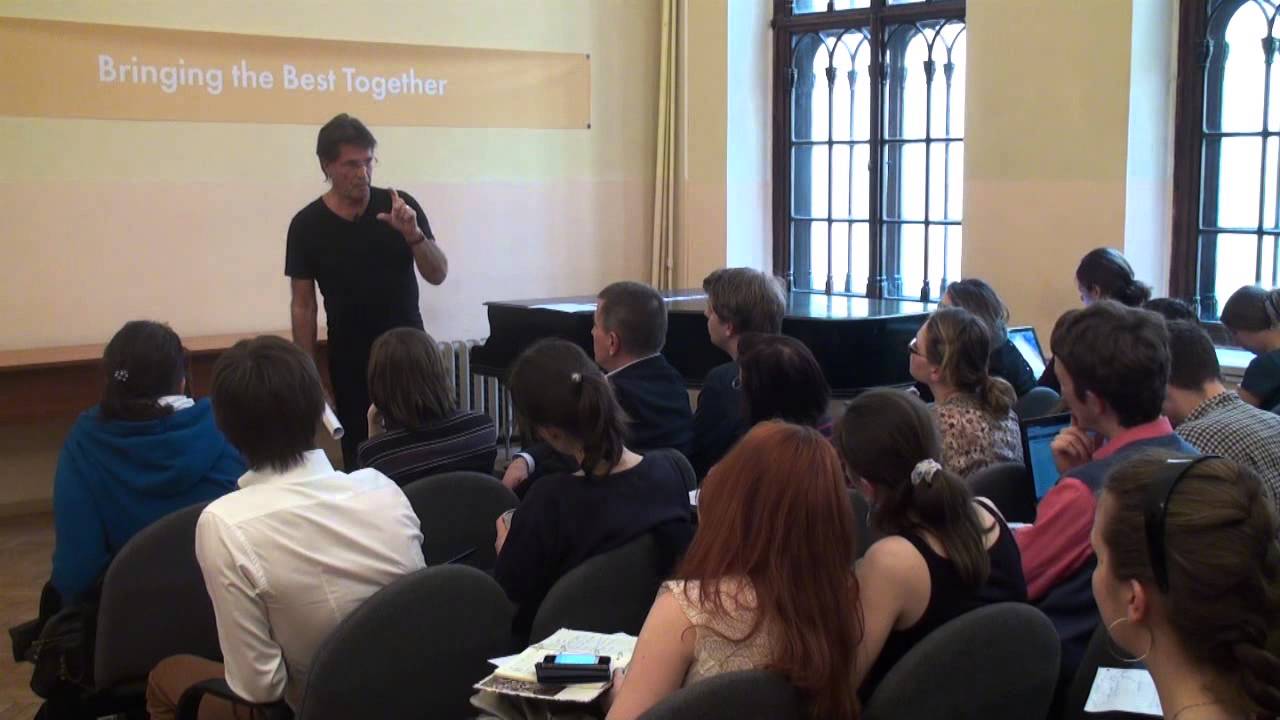How Has Teun Van Dijk Come to Discourse and Knowledge?
Brief History
Professor Teun Van Dijk is a Dutch scholar who’s active in the fields of text linguistics, discourse analysis, and critical discourse analysis.
He started his work many years ago in French Language and Literature. He was interested in French surrealist poetry.
In the 60s, academics were influenced by Chomsky’s work, and so, the only way to describe poetry in a systematic way back then was through the linguistic of text.
Since Text is more than just sentence structures, other aspects such as cognition and text coherence that has to do with mental representation were missing.
He was interested afterward to establish the basis for some discourse structures like the macro-structures which cannot be directly observed in the text such as the General topics, the global meaning, etc.
The book “Strategies of Discourse Comprehension” was a product of collaboration between T. Van Dijk and the American psychologist Walter Kintsch. It tries to explain how people produce and understand discourse.
By the 1980s, many discourse structures like the structure of the mind that are relevant to producing and understanding discourse have already been discovered. However, there was a third dimension missing, that is society.
And that means that for one to understand the full impact of discourse, they don’t only need discourse structures or mental structures, but also social structures.
T. Van Dijk’s Current Framework has Three Dimensions
Van Dijk’s current framework has three dimensions, each of them deals with an important aspect of discourse. It goes from the basic unit of discourse and text materiality to more advanced structures that have to do with meaning and society. It can be summarized as follows:
- Describe text and talk: Systematically and explicitly describe discourse structures at all levels: semantics, syntactic, pragmatic, and narrative.
- Deep analysis of cognitive structures which are the interface between discourse and society.
- Analysis of social structures.
A New Theory of Context
Van Dijk’s cognitive dimension has an impact on how context is viewed.
Contrary to the common belief of sociolinguists, it’s not the objective social structures that influence language, what actually influences it is our definition of the social structures: i.e It is the subjective definition of participants of their social situation that has an influence on how they speak.And to make a long story short, context is not outside of our minds, it is embedded in our long-term memory, it is the subjective mental model of the communicative situation.
A mental model of the communicative situation is the adaptation of what one knows to what others more or less know: Our brains are like an epistemic machine that constantly adapts what we know to what we think others know.
Context as a mental model explains why people in the same situation speak differently: They store a lot of knowledge of the world in their memory and adapt their discourses to their audience and the situation they are in to assure mutual comprehension.
Where does our Knowledge Come From?
Our knowledge comes from many sources including:
- Everyday Experience: Vision, touching, hearing… it’s by all our senses. (We already know it from empiricists)
- Text and Talk: communication (Most things we know come from discourse)
- The inferences based on these two.
Why Should We Talk About Discourse and Knowledge?
- Most of our knowledge comes from discourse and the inference based on that knowledge.
- In order to produce and understand discourse, you need a vast amount of knowledge
Summary
Text cannot be reduced into sentence structures. Actually, Text is like an iceberg; a vast amount of knowledge is in the mind.
To understand the full impact of discourse, cognition and society should be added.T. Van Dijk’s three-dimension framework takes these dimensions into account and it introduces a new theory of context which is no more viewed as the objective social structures.
Context is subjective and it’s embedded into our long-term memory. it has to do with knowledge.
This latter is a very important element for discourse production and comprehension.

